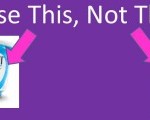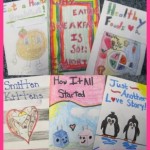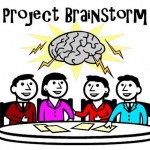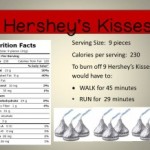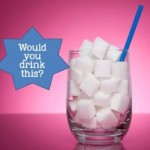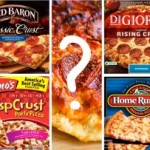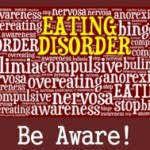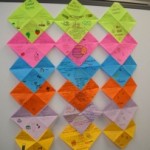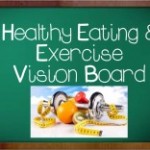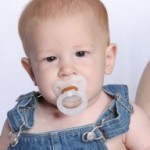
Diana Baumrind, a developmental psychologist, is known for her research on parenting styles. Parenting styles represent approaches to how parents manage their children’s behavior, which in turn influences their development. This lesson explores the four different approaches and used clips from television and movies to test students’ understanding of them.

